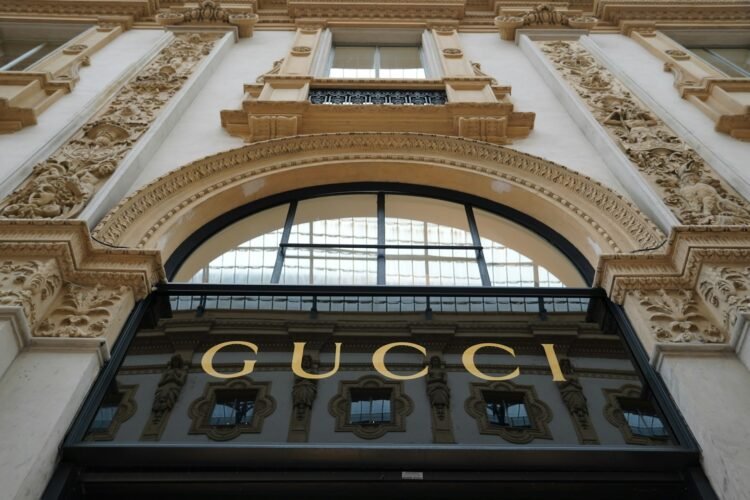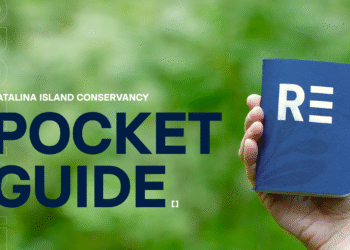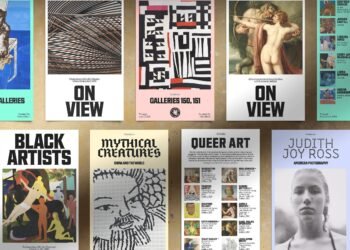Luxury has always been built on discipline. Scarcity, heritage, and control transform objects and experiences into symbols of status. Social media, by contrast, is designed for ubiquity. It rewards repetition, frequency, and immediacy. The question for luxury leaders is not whether to participate, but how to participate without losing what makes them distinct.
Why Content Defines Performance
Most luxury journeys now begin online. Instagram, TikTok, and WeChat are the new shop windows. But in luxury, visibility is not enough. What matters is the content itself: how it is conceived, produced, and delivered. Where mass brands compete on scale, luxury brands compete on meaning. Every post must affirm values, identity, and craft. Poorly conceived content erodes equity; carefully executed content compounds it.
Content is not an accessory – it is the performance. It is how a brand demonstrates who it is, what it stands for, and why it matters.
This article is part of Branding Strategy Insider’s newsletter. You can sign up here to get thought pieces like this sent to your inbox.
Storytelling As Proof Of Value
Luxury purchases are driven by story. A couture house can justify its price through a short film of its ateliers at work. A heritage watchmaker can create anticipation by tracing a mechanism’s lineage across generations. A fragrance house can elevate desire with a film that showcases rare ingredients, their origins, and the perfumer’s craft. Social media provides the stage for these stories. When used with care, it does not cheapen luxury – it reveals it. The aim is not transaction but seduction.
Storytelling works because it deepens emotional connection. A feed filled with product images communicates little beyond availability. However, a feed that contextualizes products within heritage, people, and philosophy conveys meaning. It allows an audience to see not just what a brand sells, but why it exists.
Preserving Exclusivity On Open Platforms
Social platforms are designed for mass access, but luxury must remain selective. The filter is content. High production values, measured cadence, and controlled access maintain distance even in public spaces. A private preview, an invitation-only live stream, or a film released exclusively through owned channels reminds audiences that access is earned. Scarcity can exist digitally when content is treated with the same discipline as the boutique experience.
Examples exist across the sector. Hermès often treats Instagram as a gallery, releasing images as if curating an exhibition. Jacquemus takes the opposite approach: irregular but striking posts from the founder himself create theatre because they are unpredictable. Both show that exclusivity can be preserved through discipline and restraint.
Building Community With Restraint
Luxury clients want intimacy, not exposure. The most effective brands use content to create a sense of belonging without dilution: glimpses behind the curtain, collaborations with credible cultural figures, and curated reposts of client imagery. These signals build affinity while preserving standards. Community in luxury is not about volume – it is about relevance and fit.
Brands are also experimenting with gated digital communities to replicate the exclusivity of offline experiences. Private WhatsApp groups for collectors, Close Friends lists on Instagram for loyal clients, or invitation-only previews for new collections create a digital velvet rope. These approaches remind audiences that not all content is public, thereby reinforcing the scarcity of information.
What Effective Luxury Content Looks Like
- Editorial craft – Treat social media as an editorial product. Imagery, grade, sequencing, and sound must meet the brand’s standard.
- Narrative arcs – Structure releases as stories, not isolated posts. Tease, reveal, and deepen, mirroring the cadence of a collection.
- Controlled access – Tier content: previews for clients, curated releases for broader audiences. Access becomes a marker of value.
- Cultural context – Position within architecture, art, and design. Luxury should frame culture, not follow trends.
- Clienteling signals – Use content to connect directly to service: discreet appointment booking, private viewings, or personalised follow-up.
- Heritage as an asset – Archives, sketches, and maker details provide continuity and depth between campaigns.
Each of these principles matters because content is judged in aggregate. A single careless story can cheapen perception, while a consistent stream of crafted content builds long-term equity.
Measuring Desire, Not Volume
For luxury, the true metrics of success are not likes or reach, but signals of desire:
- Save and share rates on key assets
- Completion of films
- Growth in branded search
- Appointment requests and RSVPs traced to content
- Private messages that convert to sales conversations
- Repeat visits to editorial content on brand sites
These measures show depth of impact. They protect quality while proving relevance. A post with fewer impressions but high save rates is more valuable than one with mass reach and little retention. The luxury metric is quality of attention, not quantity.
Content Begins With Strategy
A brand cannot produce effective content without first defining who it is. Strategy comes before tactics. Positioning, codes, voice, and audience priorities create the foundation from which content flows. Without this clarity, output risks becoming generic. With it, every asset strengthens identity.
A simple chain: Positioning → Narrative territories → Content pillars → Editorial formats → Distribution tiers → Clienteling actions → Measurement.
Two examples:
- A heritage maison anchored in craft will emphasise ateliers, archives, and owners, releasing films on finishing techniques and collector stories.
- A contemporary wellness brand grounded in calm will focus on routines, space, and materials, publishing meditative loops and private-session invitations.
Same platforms, different DNA. This is why work on luxury brand strategy should precede content creation. Once established, identity can flow into execution with consistency and authority.
The Role of Silence
Luxury is often as much about what is not shown as what is shown. Silence, used deliberately, can be a powerful signal of confidence. A brand that does not feel compelled to fill the feed daily conveys assurance in its desirability. The pause becomes part of the performance. Planned gaps between content arcs allow anticipation to build, echoing the seasonal rhythm of fashion calendars and the scarcity of boutique launches.
Luxury Content’s Powerful Combination
Social media is not a threat to exclusivity when used with discipline. It is a stage for narrative, not noise. For luxury brands, content is the real performance driver: it preserves aura, builds community, and drives long-term value. The goal is not frequency but intent. The brands that win are those that speak less often, but with more meaning – combining storytelling, restraint, and strategy into a coherent system.
Contributed to Branding Strategy Insider by Simon Woolford, founder of SUM, a London-based luxury branding and marketing agency. For over two decades, SUM has partnered with heritage and contemporary brands to balance timeless exclusivity with modern relevance.
At The Blake Project, we help clients worldwide, in all stages of development, define and articulate what makes them competitive and valuable at pivotal moments of change. Please email us to learn how we can help you compete differently.
Branding Strategy Insider is a service of The Blake Project: A strategic brand consultancy specializing in Brand Research, Brand Strategy, Brand Growth, and Brand Education
Post Views: 0


















